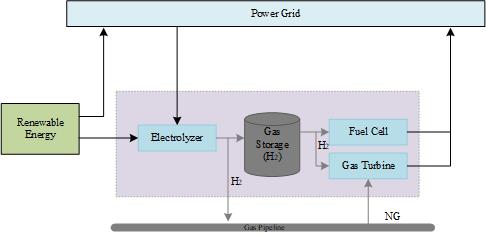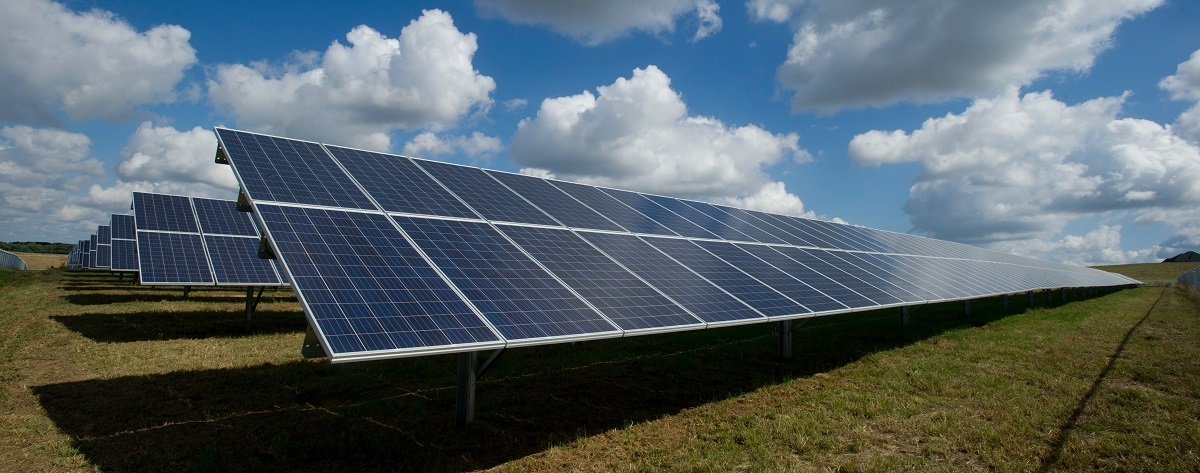Power to Gas (P2G or PtG) system converts surplus electrical energy from Renewable Energy Sources (RES) such as wind, solar, and hydropower to produce gases by performing water electrolysis. The purpose of the P2G system is for long- term energy storage and clean environment. Oxygen can be released to the atmosphere or stored in tanks for hospital use. Hydrogen will be stored in tanks for further usage as fuel or electricity generation. Adding more gases with hydrogen can increase fuel usages such as methane, synthetic natural gas, and liquefied petroleum gas. P2G system is currently in the planning stage in many countries and needs more research input to economize it as it is an expensive technology. Electrolyzers play a role in converting electrical energy into gases. There are three types of electrolyzers namely (1) Alkaline Electrolysers, (2) Proton Exchange Membrane (PEM) Electrolysers and (3) Solid Oxide Electrolysers (SOE).
RES are favoured to decrease greenhouse gas emissions in the power generation extents but they show deficiencies due to their unsteady and irregular nature. The P2G system handles the uncertainty in RES by storing the generated surplus power when the demand is lower than supply. The balancing capabilities on a daily, weekly, and seasonal basis to accommodate the unbalanced renewable generation leads to an increase in storage capacity. The conversion of power into gases offers a large number of storage opportunities and the connecting of different energy markets with each other. Renewable energy accommodating enormous energy storage and P2G hold this problem not only in terms of energy storage but also in terms of CO2 utilization. P2G is a good solution for electric grid balance and it can help in decreasing the uncertainty of dispatch strategies.

Figure 1: Schematic of Power to Gas System
Figure 1 shows the schematics of the P2G system in detail from renewable energy sources to gas storage and the power grid. Electrical energy cannot be stored at a bulky extent and the production of renewable energy is inflexible to describe a possible future event and may cause fluctuations of energy in the grid. Even though there is the existence of problems, but they are believed to be the energy sources of the future, and power to gas gives the opportunities of long term storage. When the supply surpasses the demand the problem of energy storage can be solved and consuming it when the demand is higher than the supply. Renewable energy is playing a significant role to accomplish the energy demand and the new objective for renewable energy will be at least 27% by 2030. The surplus power or off-peak power generated by renewable energy sources may then be used for hours, days, or months later to generate electrical energy for the power grid.
 Article contributed by Shah Faisal, Editor, IMPACT by IEEE Young Professionals
Article contributed by Shah Faisal, Editor, IMPACT by IEEE Young Professionals





